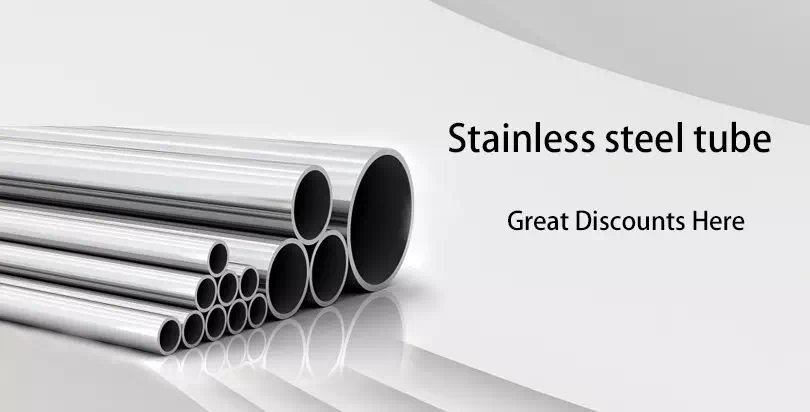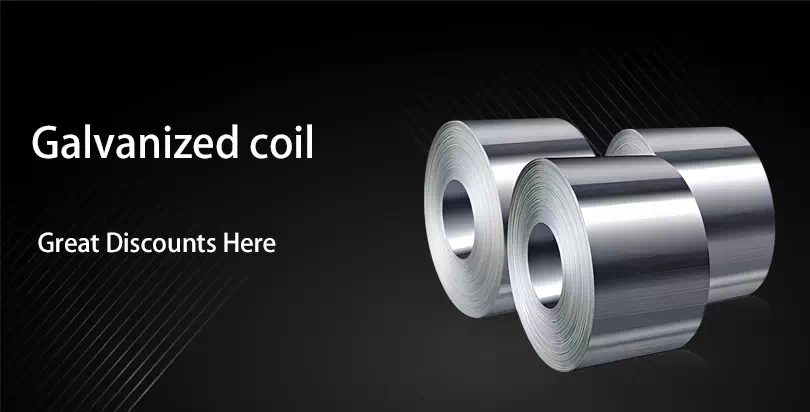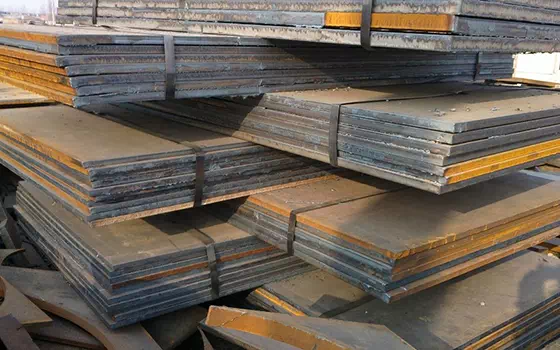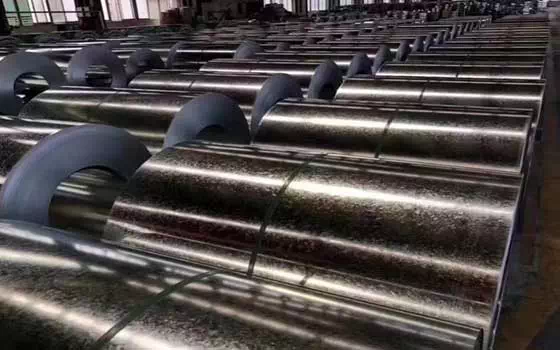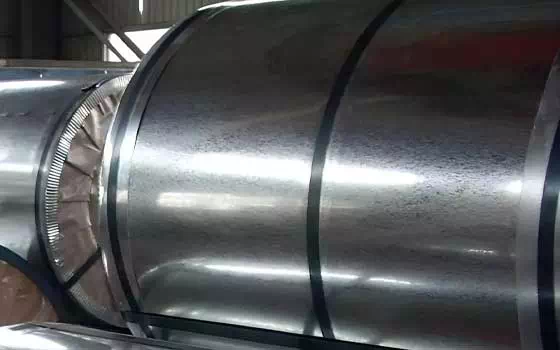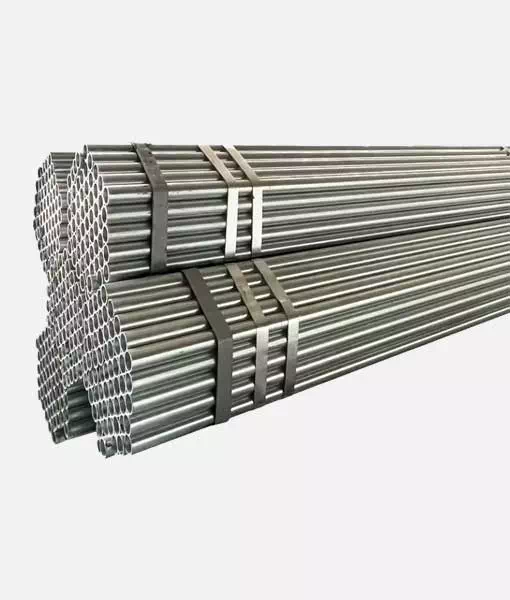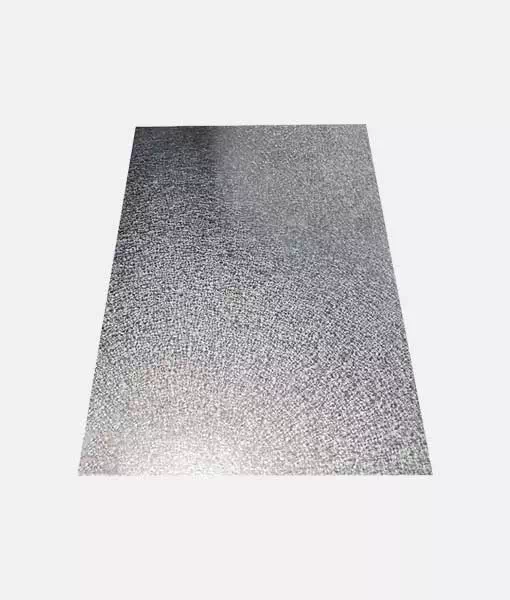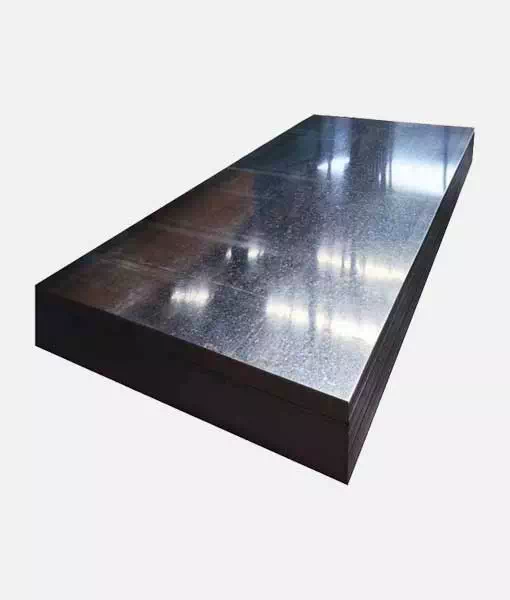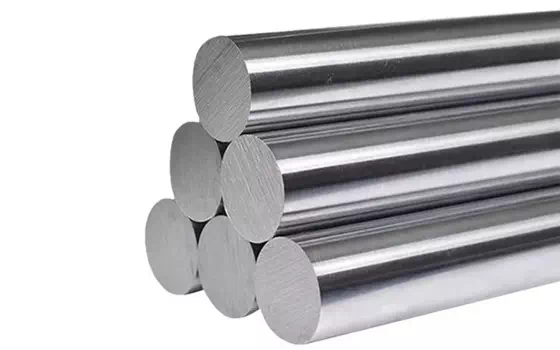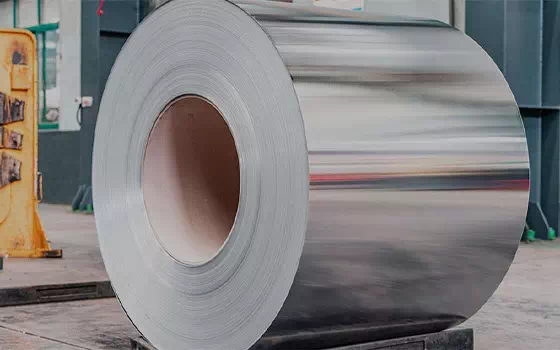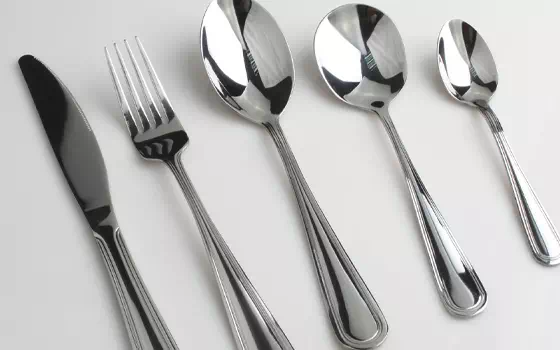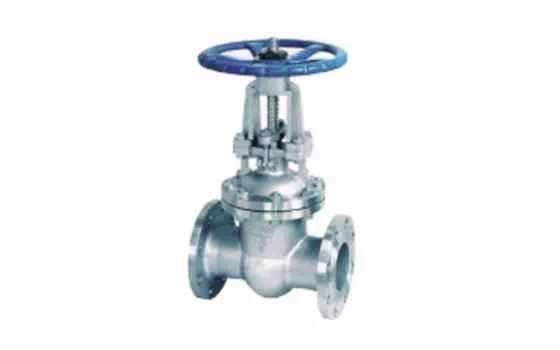Hot dip galvanizing is a form of galvanizing. This is the process of coating steel with zinc, which forms an alloy with the surface of the base metal when the metal is immersed in a molten zinc bath at a temperature of approximately 450 °C (842 °F).
Hot dip galvanizing
Hot dip galvanizing is a form of galvanizing. This is the process of coating steel with zinc, which forms an alloy with the surface of the base metal when the metal is immersed in a molten zinc bath at a temperature of approximately 450 °C (842 °F). When exposed to the atmosphere, pure zinc (Zn) reacts with oxygen (O2) to form zinc oxide (ZnO), which further reacts with carbon dioxide (CO2) to form zinc carbonate (ZnCO3), usually a dull gray, fairly strong material that in many cases protects the underlying steel from further corrosion. Galvanized steel is widely used in applications that require corrosion resistance without the cost of stainless steel, and is considered advantageous in terms of cost and life cycle. It can be identified by a crystalline pattern (often called sequins) on the surface.
Weldable galvanized steel plate; However, the resulting toxic zinc fumes must be treated with caution. When galvanized metal reaches a certain temperature, galvanized smoke will be released. This temperature varies depending on the galvanizing process used. According to the American Galvanizing Association, the recommended maximum temperature for hot-dipped galvanized steel is 200°C (392°F) in the event of prolonged continuous exposure. The use of galvanized steel at temperatures higher than this will cause the zinc to peel off the intermetallic layer. Electrogalvanized steel plate is often used in automobile manufacturing to enhance the anti-corrosion properties of the outer body plate. However, this is a completely different process and it tends to achieve thinner zinc coating thicknesses.
Like other corrosion protection systems, galvanizing protects the steel by acting as a barrier between the steel and the atmosphere. Zinc, however, is a more positive (reactive) metal than steel. This is a unique characteristic of galvanizing, which means that when the galvanizing coating is damaged and the steel is exposed to the atmosphere, the zinc can continue to protect the steel through galvanic corrosion (typically within 5 mm annular space, beyond which the electron transport rate decreases).


